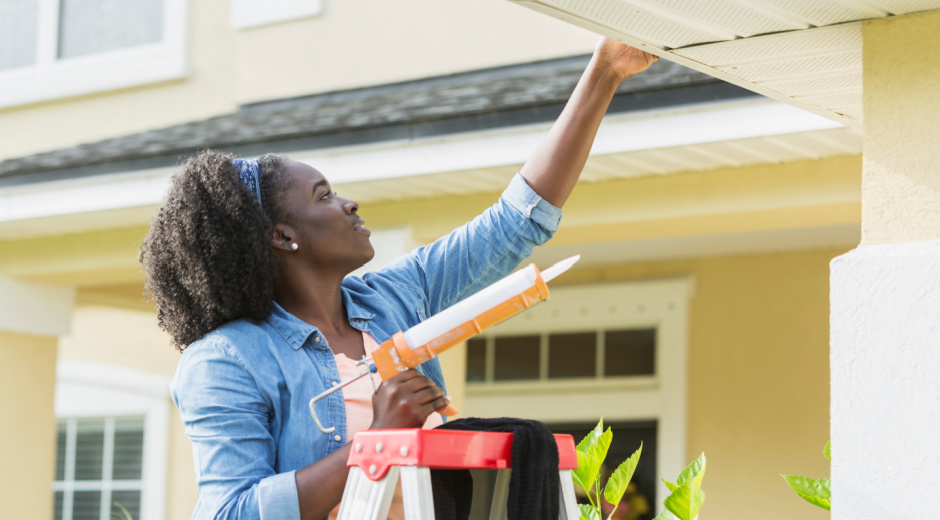Seal and Insulate to Prepare Your Home for Cooler Months
Cooler seasons will be here before you know it. These final weeks of summer are a great time to improve energy efficiency around your home so it’s ready when temperatures start to drop.
By sealing air leaks and adding insulation, you can save up to 10% on your energy bills, according to ENERGY STAR. Whether you want to focus on a certain area or prioritize your entire home, taking some simple steps now can help keep you comfortable and bills manageable during the cooler months ahead.
Reducing Air Leaks
In most homes, air leaks can account for 25% to 40% of energy used for heating and cooling. Fixing them is an easy way to reduce heating and cooling costs and improve comfort.
The first step is understanding how to find air leaks in your home, which can be difficult as they are often hidden under insulation. They are commonly found in basements and attics but also in air ducts, windows, fireplaces, doors, wall outlets and more. The best way to locate air leaks is by hiring a qualified inspector to do a blower door test. However, you can find air leaks yourself by conducting visual tests throughout your home. Take a look at this how-to guide from ENERGY STAR to help walk you through the process.
Once you have located any air leaks, the next step is to seal them by caulking or weather stripping. Caulk is used to fill gaps in areas that do not move. Use these tips if you plan to caulk in areas around your home. If you need to seal openings around moveable components, such as windows and doors, weatherstripping is the appropriate technique. These tips are useful for weatherstripping appropriate areas around your home.
Adding or Improving Insulation
Bigger areas may call for a bigger job, like adding insulation. Proper insulation will help keep your home warm in the winter and cool in the summer by minimizing the amount of heat that flows between the inside and outside of your home.
The easiest way to find out if your home needs insulation is to do a home energy audit. An expert can help you determine if you need to add insulation, how much and where at. Before adding insulation, be sure to fill air leaks. This will help ensure the insulation is working as efficiently as possible.
When selecting insulation material, it’s important to pay attention to its R-value. The greater the number, the better it will minimize heat flow. There are many different types of insulation. Check out this zip code insulation tool from the Department of Energy to determine what type of insulation you should use and where to put it based on where you live.
Keep in mind that many older homes are not properly insulated and may benefit more from adding insulation in several areas, such as the basement and attic. However, adding proper insulation to a newer home has its benefits, too. According to the Department of Energy, it can pay for itself in just a few years.
Adding insulation can be done yourself, but it can also be a big task. Hiring a certified contractor to evaluate your home and its current insulation is recommended. FirstEnergy currently offers a Home Insulation Program in several of our service territories. See if you qualify for a free consultation.
For more tips and resources to save energy and money year-round, visit www.firstenergycorp.com/saveenergy.
CONTACT: Brooke Conlan, 330-807-7564

